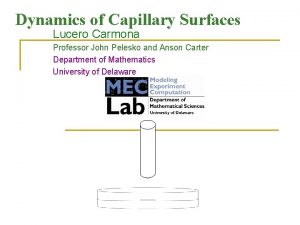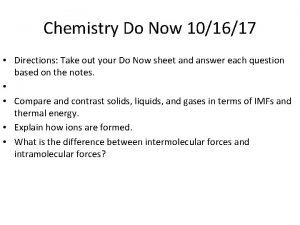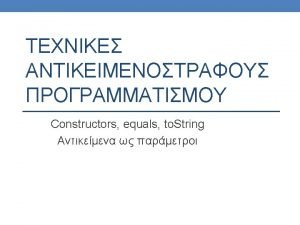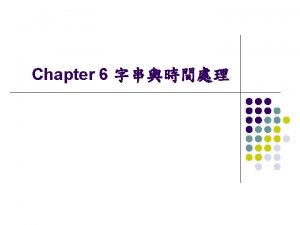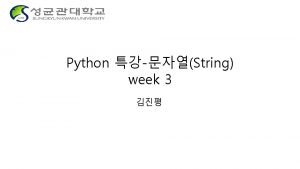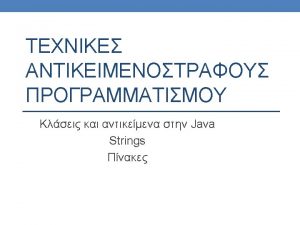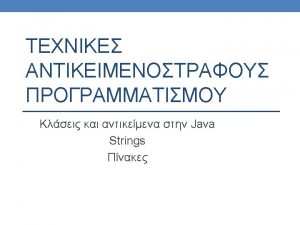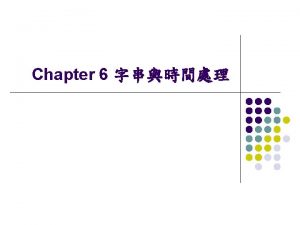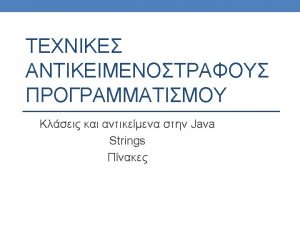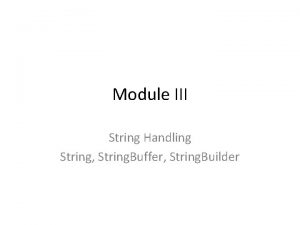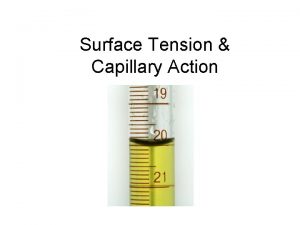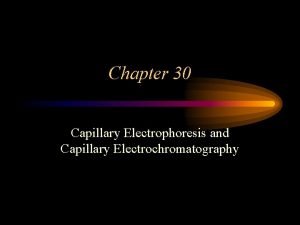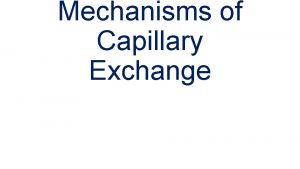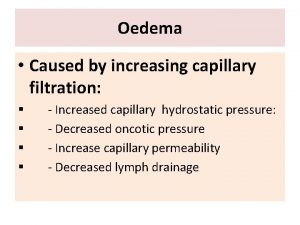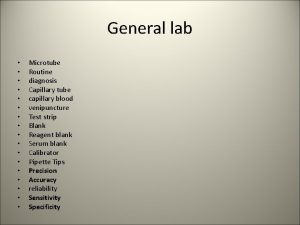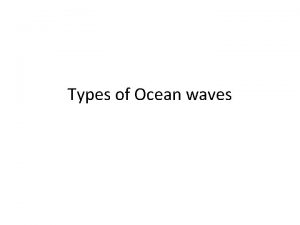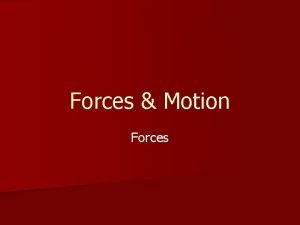String Motion Due to Surface Capillary Forces Lucero






















- Slides: 22

String Motion Due to Surface Capillary Forces Lucero Carmona Chris Gast Andrew Gearhart Philip Keller

Research Question How can information regarding string motion under capillary forces be used to further knowledge of object self-assembly?

Why study floating strings? - Relation to self-assembly of larger systems - Exposes problems that must be solved prior to using self-assembly for practical applications

Why study floating strings? - Relation to self-assembly of larger systems - Exposes problems that must be solved prior to using self-assembly for practical applications - String is cool!!!

Why study floating strings? - Relation to self-assembly of larger systems - Exposes problems that must be solved prior to using self-assembly for practical applications - String is cool!!!

Hypothesis String motion toward a wall under capillary forces can be effectively modeled by the motion of a rigid rod on the fluid surface.

Experimentation Materials: - plastic container (4 x 6 x 1 in) - synthetic multibraided string - length: 2. 54 cm - diameter: 1 mm - tap water (at room temp. ) - silicone oil - camera - additional lighting

Experimentation Materials: - plastic container (4 x 6 x 1 in) - synthetic multibraided string - length: 2. 54 cm - diameter: 1 mm - tap water (at room temp. ) - silicone oil - camera - additional lighting

Experimentation Data Collection: - Objectives: - obtain a plot of how string distance from the wall changes over time - estimate contact angles - string endpoint and wall locations were extracted from successive video frames using Matlab - contact angles were found to be very similar, and assumed the same

Experimentation Data Collection:

Modeling Objectives: - predict the motion of a floating string under capillary forces - obtain a model that fits existing empirical data

Modeling Coordinate System: String Y X Wall

Modeling Approach: - obtain a PDE for the meniscus shape by minimizing the Lagrangian of the system via the Euler-Lagrange equation E[V] = Surface Energy + Gravitational Energy - solve for meniscus shape (z known, B and C unknown consts): V = zy^2 + By + C - substitute into energy equation, take derivative to obtain force (F) F = -(d. E/dy)

Modeling Approach: - subtract drag (D) from this force, and divide by mass to obtain acceleration F + D = Ma where D = Q * vel^2 (Q = -10^-20) - integrate twice to obtain an equation for motion Boundary Values: V'(0) = -cot(180 – theta) : solve for B V(0) = 2 (water depth in cm): solve for C

Modeling Assumptions: - rigid rod - other wall ignored - same contact angle - linearized equation for surface energy to avoid mean curvature operator - zero end effects - zero torque on the string - quadratic drag function

Modeling Predicted Motion:

Modeling Predicted Motion:

Modeling Predicted Motion:

Comparison of Model and Experimental Data

Conclusions - The model has a substantial magnitude inconsistency that does fit the experimental data - This is perhaps due to: - end effect assumption - consistent meniscus across entire length of the string - possible torque interaction on string - overly-simplistic drag term - However, the model does further broaden knowledge surrounding capillary forces upon simple systems.

Why we should get a good grade. . . - Phil jumps out of planes and has a significant background in string science - Lucero wants to do this for a living - Andrew just thinks that string is cool - Chris spent a significant amount of time cleaning silicone oil off his hands - We all learned how to work as a team on a real-word research question, and obtained an excellent introduction to research in applied mathematics

Questions?
 Http protocol description
Http protocol description Gabriela rivera lucero
Gabriela rivera lucero Lucero carmona
Lucero carmona Edgar lucero
Edgar lucero Shannon lucero
Shannon lucero Capillary action intermolecular forces
Capillary action intermolecular forces Float belt perpetual motion
Float belt perpetual motion Const char *s
Const char *s Private string name
Private string name Str string
Str string Figura geometrica 4 lati
Figura geometrica 4 lati Substantive vs procedural due process
Substantive vs procedural due process Pentacosiomedimni cavalieri zeugiti teti
Pentacosiomedimni cavalieri zeugiti teti Principio di conservazione della quantità di moto
Principio di conservazione della quantità di moto Rind galls in timber
Rind galls in timber Parallel force system example
Parallel force system example The forces shown above are pushing/pulling forces
The forces shown above are pushing/pulling forces Intramolecular vs intermolecular bonds
Intramolecular vs intermolecular bonds Intermolecular forces ranked
Intermolecular forces ranked Intramolecular forces vs intermolecular forces
Intramolecular forces vs intermolecular forces Contact forces
Contact forces Force examples in everyday life
Force examples in everyday life Constructive and destructive forces
Constructive and destructive forces


